What was I, in all my dance music tunnel vision, doing at Big Ears Festival? There was more there for people like me than you might think.
Knoxville feels bigger than it really is. It was my first time in the city, whose historic bridges and exposed brick buildings make it appear more like a cultural hub than your typical metropolis of 200,000. From Thursday, March 27 through Sunday, March 30, it made an impression that I won’t soon forget.
I was there to attend Big Ears Festival, a nonprofit gathering whose only throughline is music and art of cultural significance. Blues, jazz, classical, ambient, folk, and hip-hop all enjoyed representation on the lineup. Notably absent was dance music — at least, not in its most common modern form.
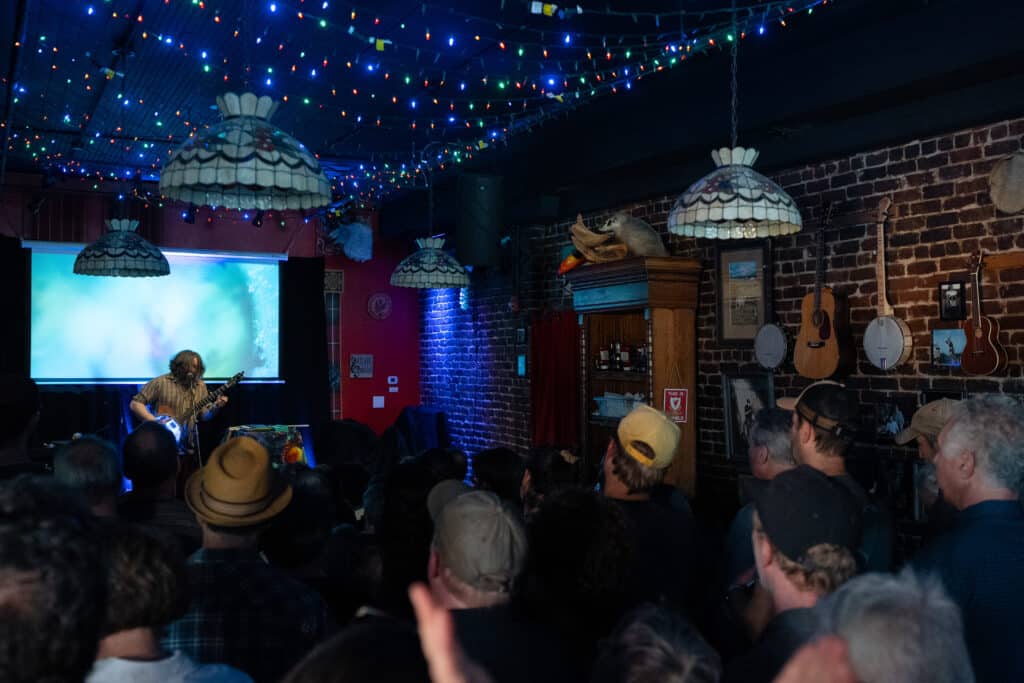 Tall Tall Trees performing at Big Ears Festival 2025. Photo credit: Eli Johnson
Tall Tall Trees performing at Big Ears Festival 2025. Photo credit: Eli JohnsonNor was the 2025 edition isolated in this respect. Writing for The New York Times following the festival’s 2009 debut, Ben Ratliff observed that “Big Ears was for people with long attention spans, good concentration and an appetite for letting repetitive non-dance music wash over them.” My personal experienced corroborated this.
So what, pray tell, was I doing there as a longtime dance music loyalist? Plenty of the festival’s programming was suited to my taste, believe it or not. For that matter, I can venture a guess that it would be for anyone thoroughly steeped in the deep end of dance culture.
Even if it weren’t, Big Ears is the best way I could imagine getting to know a city like Knoxville. Rather than occupying a single, contiguous footprint like most popular music festivals, it was spread across more than 20 venues a la Amsterdam Dance Event. Walking between them gave me a taste of local flavor — especially the ten or so situated on or around Gay Street, which I learned to be a major artery of the downtown area.
On Thursday, I got my feet wet by sitting in on jazz composer Charles Lloyd’s homage to Zakir Hussain at the Tennessee Theatre. From there, it didn’t take long for me to find my comfort zone. Steve Roach was performing a ten-minute walk away at the Church Street United Methodist Church. I’ve always enjoyed his music, but I had no idea how compelling it would be in that particular setting.
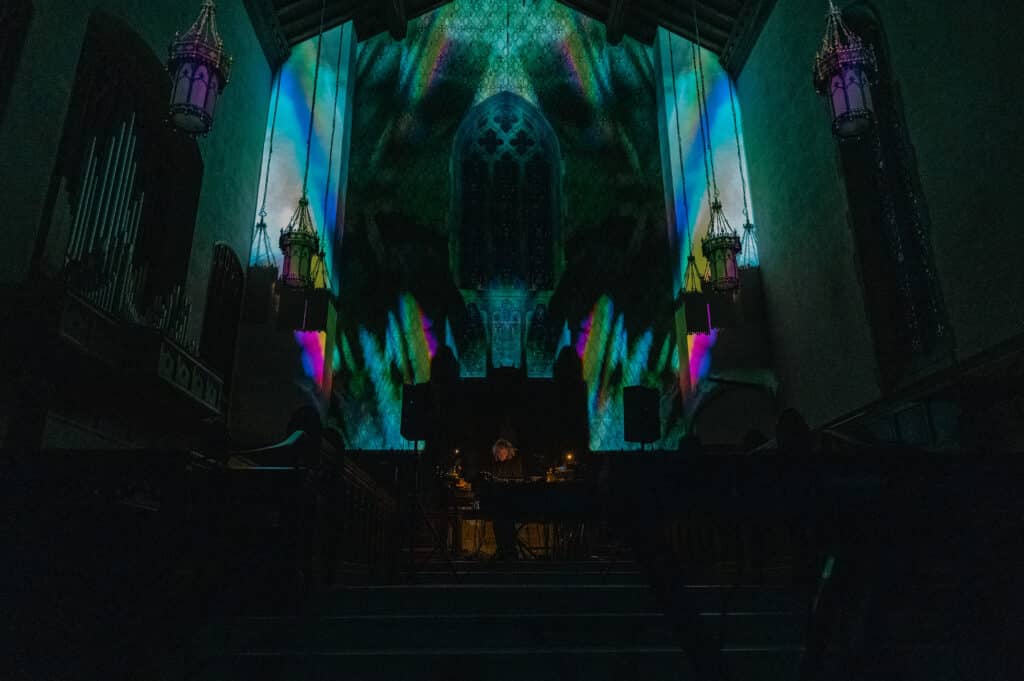 Steve Roach performing at Big Ears Festival 2025. Photo credit: Taryn Ferro
Steve Roach performing at Big Ears Festival 2025. Photo credit: Taryn FerroThere was no sweet spot in the church. The sound was so finely tuned that lush tones and rattling stereo artifacts filled every nook and cranny of the Victorian Gothic building’s main theater area with stunning clarity. Projection-mapped visuals courtesy of Eric Epstein literally cast the archaic interior design in a vibrant, new light. It was enough to give me an epiphany: Steve Roach influenced a number of my famous artists.
I’ve long known that Roach had a hand in steering the course of the ambient genre’s evolution, especially his 1984 album, Structures from Silence. But hearing his distinct brand of live PA in such an immersive setting made me realize that its echoes resonate in the work of artists like Basic Channel, Monolake, Deepchord, and countless other of my favorite dub techno artists.
Electronic music was not all that struck my fancy at Big Ears Festival 2025. The following afternoon, I turned the opposite direction off of Gay and found my way to the Knoxville Civic Auditorium for Sun Ra Arkestra’s performance alongside Yo La Tengo.
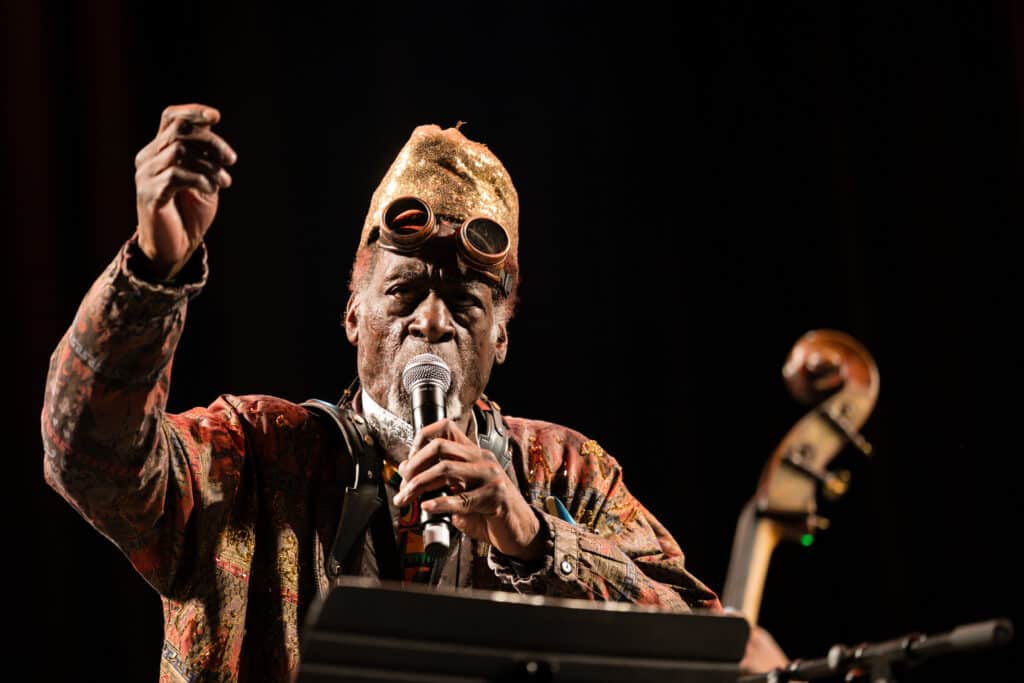 Sun Ra Arkestra performing at Big Ears Festival 2025. Photo credit: C Stewart
Sun Ra Arkestra performing at Big Ears Festival 2025. Photo credit: C StewartI was excited to see the Arkestra in the flesh as I’ve been well aware of Sun Ra’s influence on Detroit techno. The late visionary artist and band leader famously played a key role in the conception of Afrofuturism. This ethos manifested in the jazzy extended chords on tracks by the likes of Blake Baxter and Carl Craig, as well as the sci-fi aesthetic common on album artwork of their time.
Once I made my way past the Auditorium’s appropriately mirror-faceted lobby and into the theater, I understood exactly how Sun Ra Arkestra could have made such a far-reaching impact. Now led by Marshall Allen, the instrumentalists’ grandiose motifs evoked mental imagery akin to what people must have expected the future to look like in the ‘60s.
When I did open my eyes, the shimmering sequins of each bandmate’s otherwise Egypt-reminiscent attire served as the perfect complement. The entire performance felt like a transmission from a faraway utopian era.
There was plenty else to be heard at Big Ears, to be sure. I repeatedly found myself drawn to jazz — the more experimental, the better — as I think many others in underground dance music circles likely would. Barry Altschul, Kahil El’Zabar, and Wadada Leo Smith are but a few of the artists whose thought-provoking fare I plan to seek out on my own time.
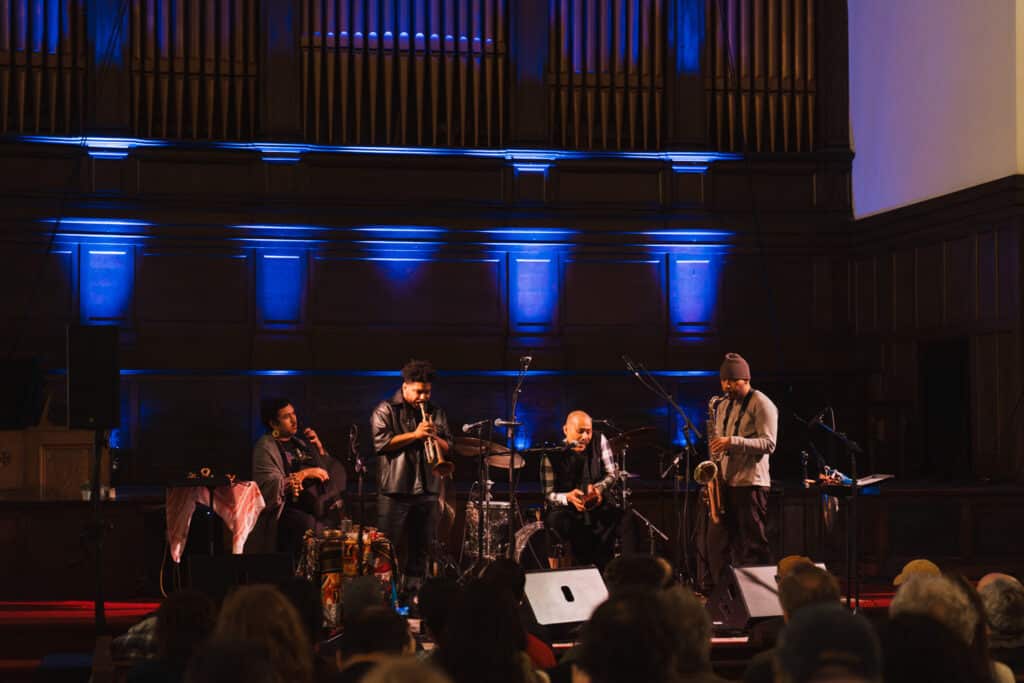 Kahil El’Zabar’s Ethnic Heritage Ensemble performing at Big Ears Festival 2025. Photo credit: J Hubbard
Kahil El’Zabar’s Ethnic Heritage Ensemble performing at Big Ears Festival 2025. Photo credit: J HubbardBlues, country, bluegrass, and jam bands also abounded at the festival. From the banjo mastery of Béla Fleck to the Avant-Garde stylings of Les Claypool and the sheer entertainment of Swamp Dogg, it was impossible to stay in my bubble. I was especially grateful to have stumbled upon Edsel Axle, whose band delivered an ethereal instrumental folk performance at Boyd’s Jig and Reel shortly before the gathering drew to a close on Sunday.
For the dance music lover with an educated ear, there is nonetheless much to be heard at Big Ears. It speaks volumes that Knoxville is equipped to play host to an event this forward thinking. In that way, at the very least, it will always occur to me as a big city of sorts.

 3 hours ago
5
3 hours ago
5



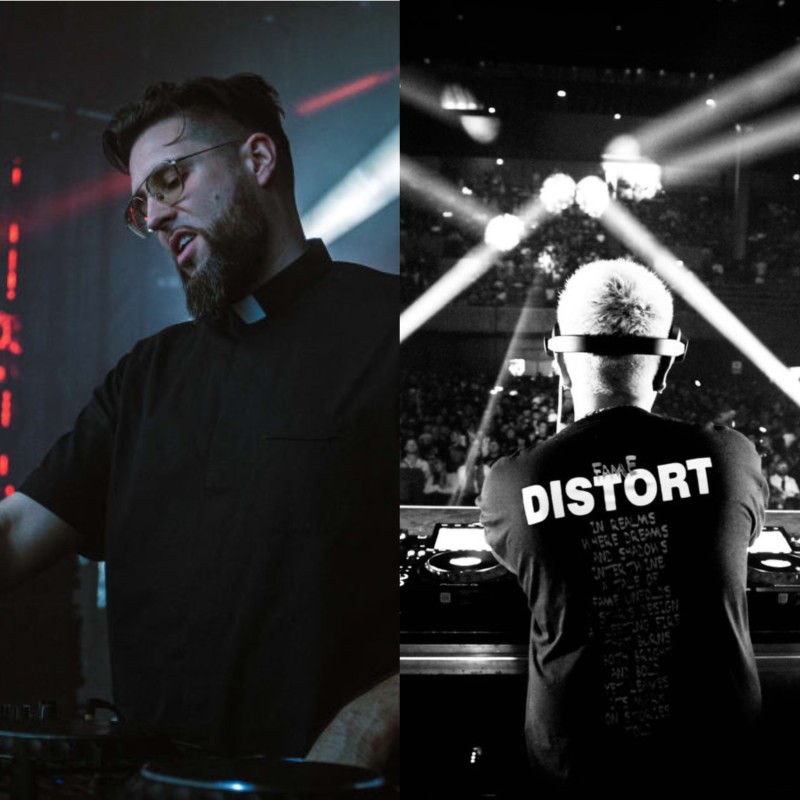














 English (US) ·
English (US) ·